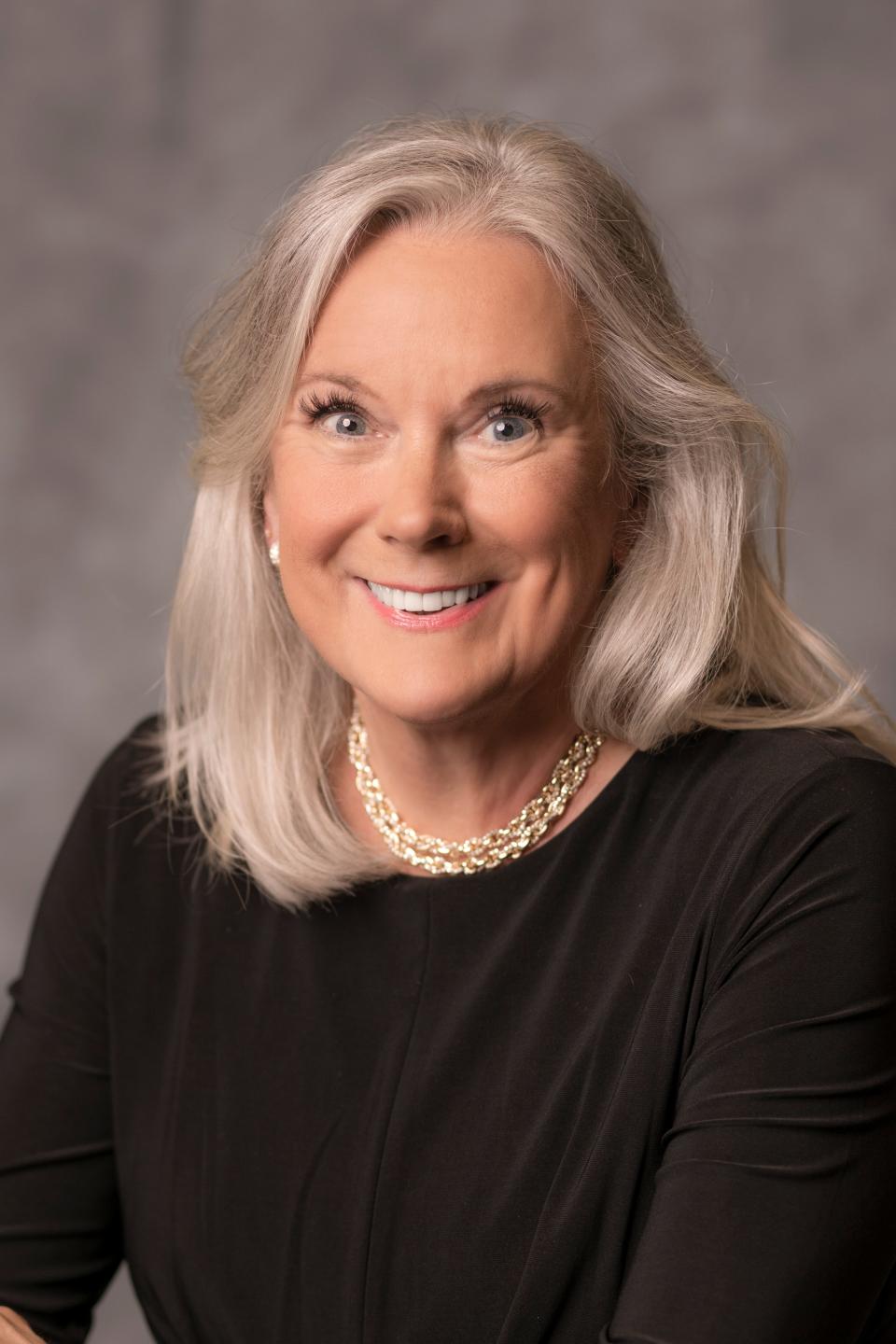UWF's diverse student body reflected in diversification of programs | Guestview
There’s a lot of talk these days in higher ed circles about an anticipated demographic cliff headed our way. Universities nationwide expect up to a 15% drop in freshman prospects due to the decline in birth rate in the 2008 recession that lasted for years after. Those “missing babies” in 2008 would have begun entering college 17 years later in 2025. Institutions best positioned for the future are developing diversified recruitment strategies now and are already recruiting heavily in markets projected to grow.
Fortunately, the University of West Florida is ahead of the curve on this issue. One reason is our long history of a strong nontraditional student population, with 47% of undergraduates and graduates over the age of 25. Many of these are veterans who return after service, thanks to the seamless transition and high level of support offered by the Military Veterans Resource Center.

Katie Condon, executive director for UWF undergraduate admissions and enrollment marketing, said local population growth rates from the last 10 years, as well as anticipated future growth, paint a promising picture for UWF’s future enrollment, offsetting the anticipated demographic cliff. Escambia County saw a growth rate of 7% over the last 10 years, and Santa Rosa County experienced a population boom, growing 24% over the same time period.
“The local population is accelerating with an expected growth rate just shy of 2% for the next five years,” Condon said. “New K-12 schools are being built to welcome additional students, a good proportion of whom will eventually fill our classrooms. The UWF Haas Center’s projections of high school graduating seniors in the tri-county area are fairly stable at this point through 2025-26.”
Programs designed for upskilling or cross-skilling individuals looking for career opportunities are already making an impact.
Mechanical lion: UWF theater, engineering students create 6-foot mechanical lion for upcoming Narnia play
From Saunders: UWF produces high-quality graduates ready for high-quality jobs | Guestview
Cybersecurity for All® provides flexible training programs on cutting-edge topics to enhance cybersecurity readiness. Courses provide up-to-date knowledge and hands-on skills using the Florida Cyber Range to enhance cybersecurity expertise for various cybersecurity work roles. Through the program, we’re able to target diverse enrollment audiences, including businesses, government agencies, military, veterans, teachers and students.
The UWF Center for Behavior Analysis is an example of the University’s recognition of a growing need through a top-ranked online Applied Behavior Analysis bachelor’s degree program and numerous, highly sought-after behavior analyst certification programs. According to a 2019 study for the Behavior Analyst Certification Board Inc., demand for board certified behavior analysts increased approximately 1,942% from 2010 to 2018. Annual demand for board certified assistant behavior analysts increased by 1,098% in the same time period.
Graduate students comprise UWF’s fastest growing cohort. From Spring 2020 to Spring 2022, graduate enrollment increased 33.4%. UWF graduate programs are offered in many formats, including online, hybrid and asynchronous which makes enrolling at UWF attractive to students.
An increasing opportunity for enrollment growth may also be found among international students, who currently make up approximately 2.7% of the total population at UWF. University officials are actively working to maximize the potential with this audience, as Florida is the seventh most popular destination for international students and UWF offers a lower cost of living and tuition costs than other institutions.
Recruiting international students has merit when you consider out-of-state tuition revenue, high average GPAs among that student population — 3.24 among undergraduate international students and 3.64 among graduate students — and high retention and completion rates, 85% among undergraduate students and 89% among graduate students. Additionally, UWF international students contributed $9.3 million to the local economy in the 2019-20 academic year, supporting 51 jobs.
So, it seems the alarm over the demographic cliff may give rise to increased diversification of programming aimed to serve a broader student population. UWF is ready for the change. Expect good things.
Martha D. Saunders is president of the University of West Florida.
This article originally appeared on Pensacola News Journal: UWF's diverse student body reflected in programs | Guestview

